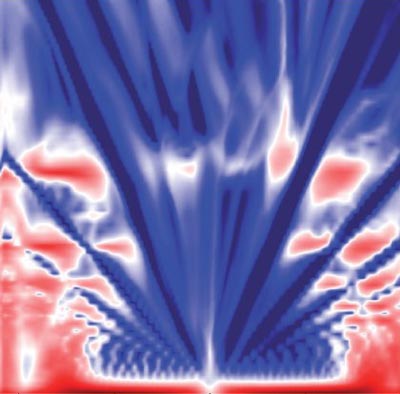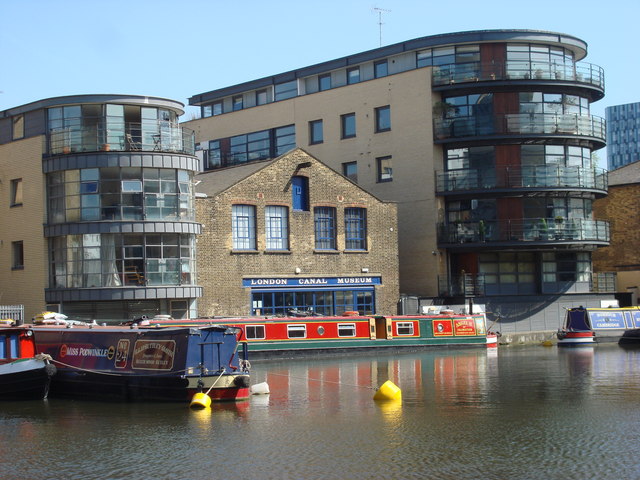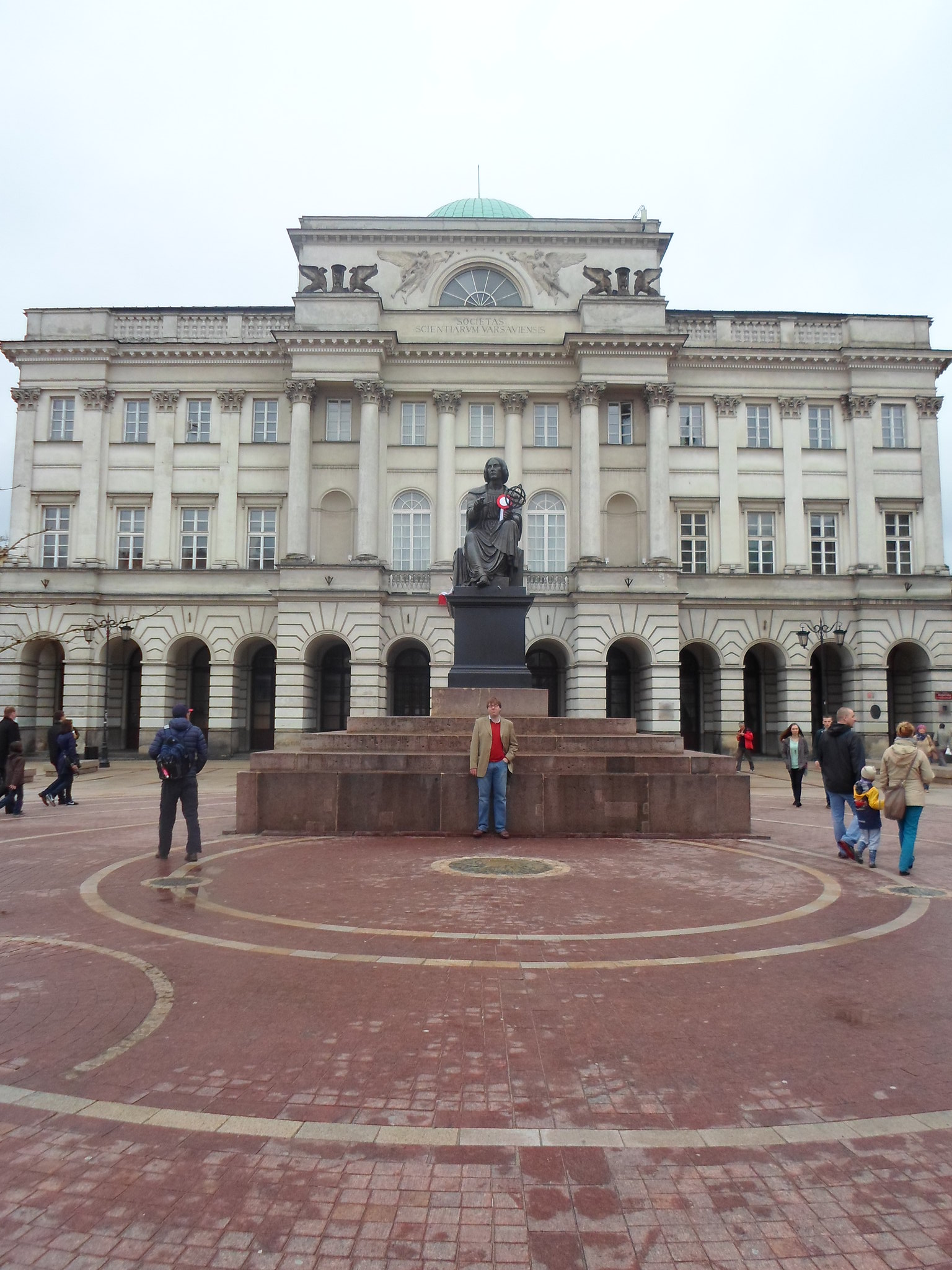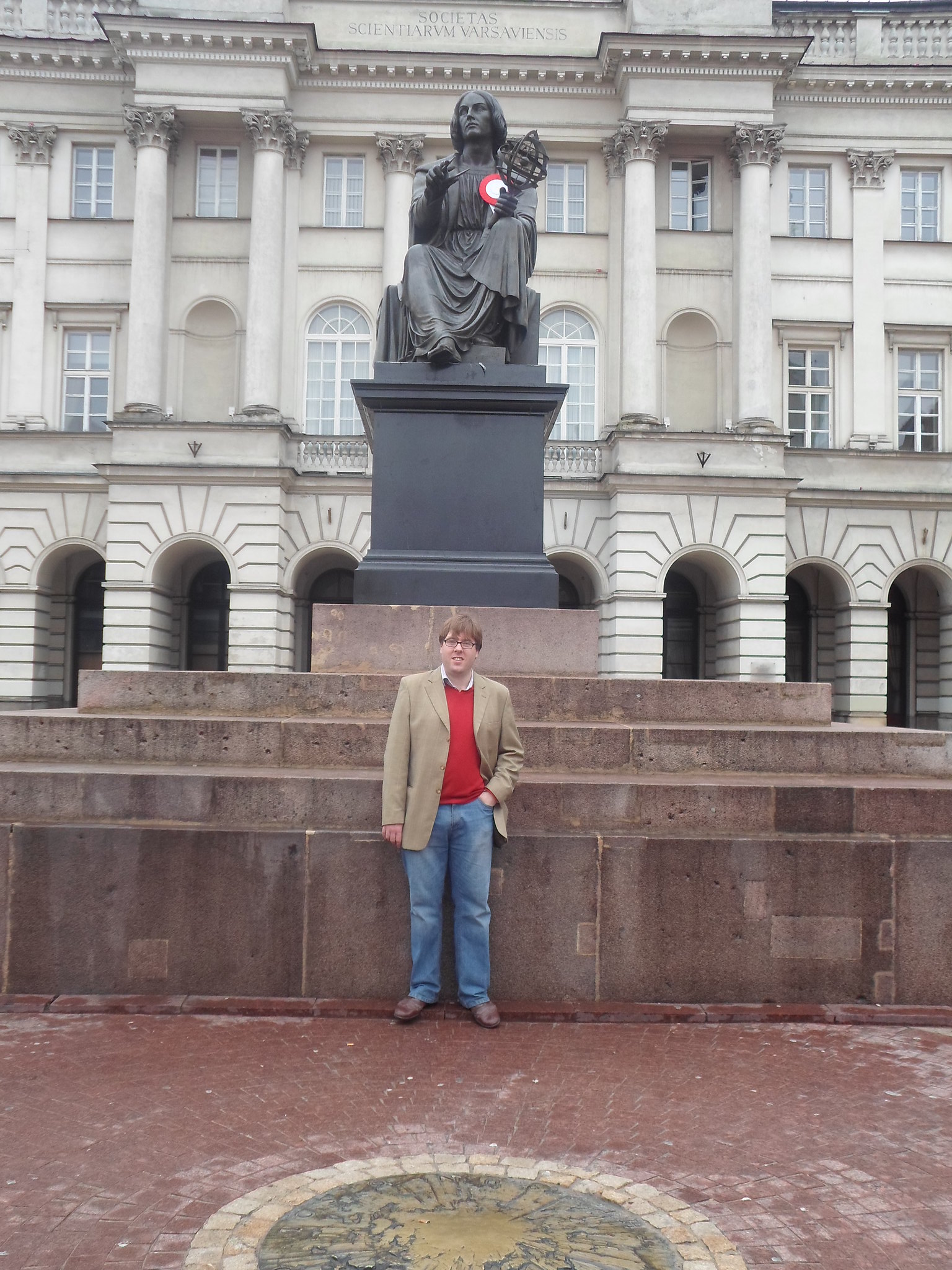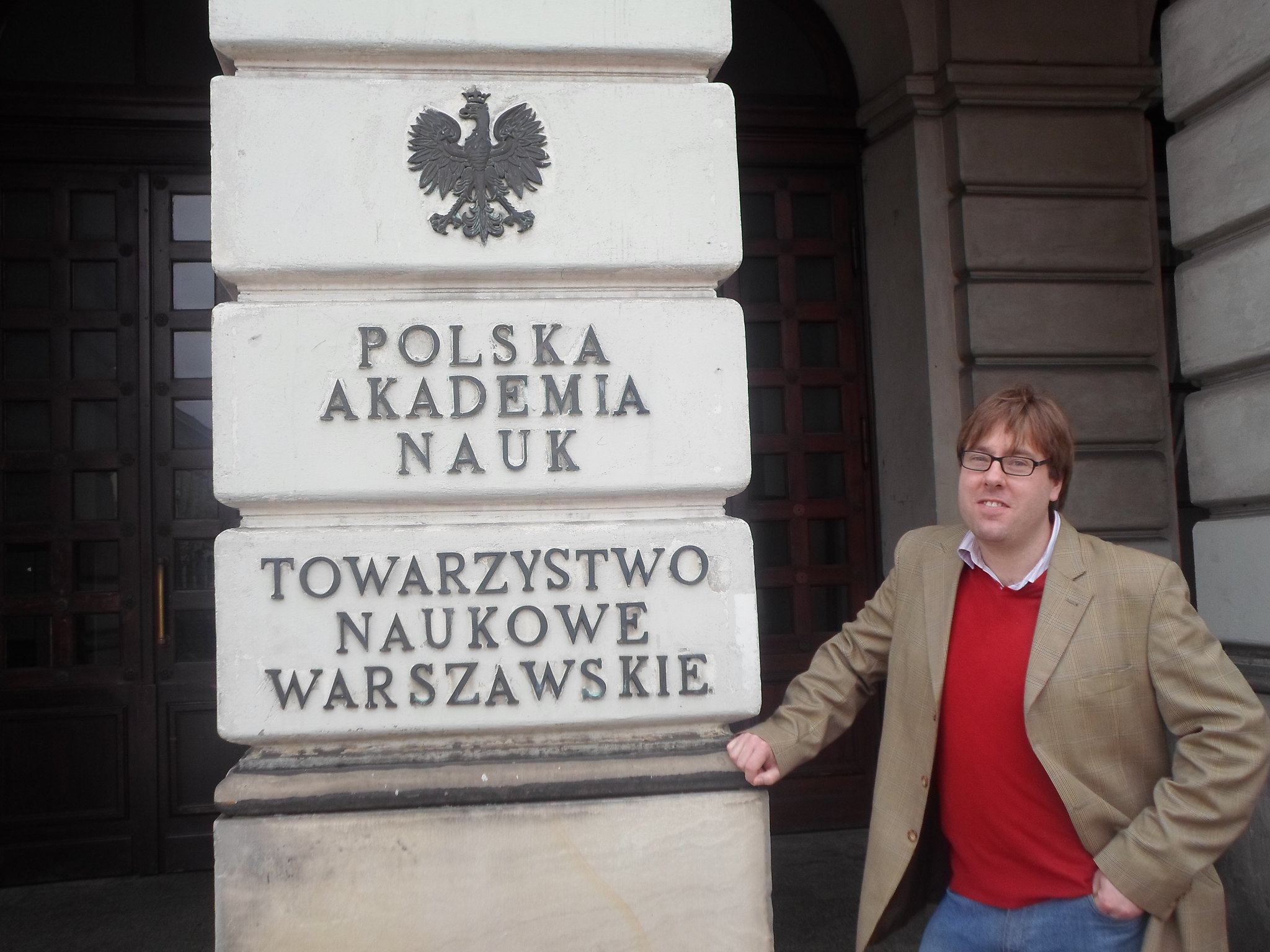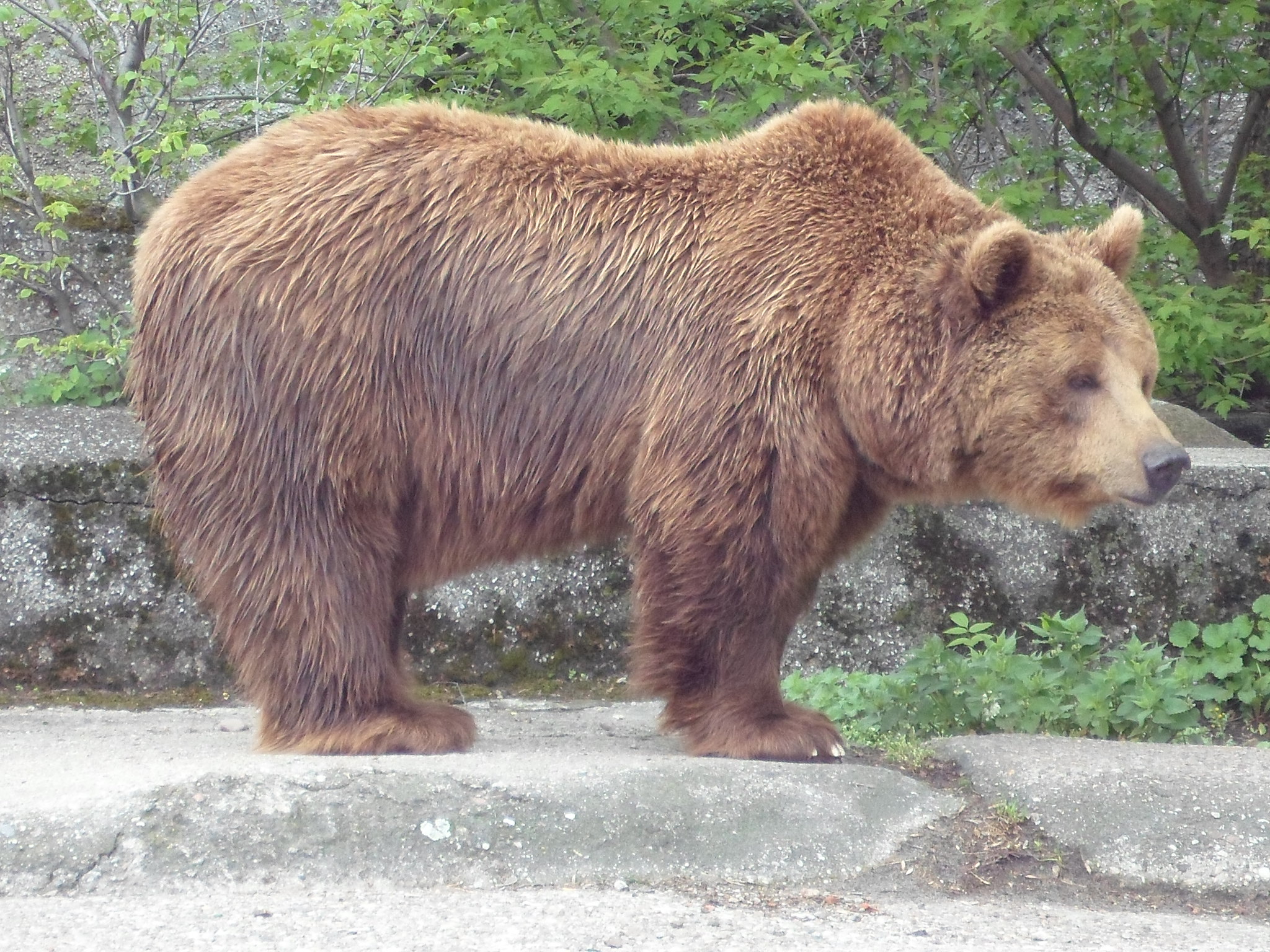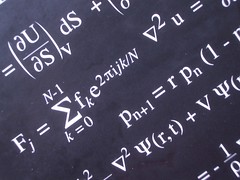 |
Let me quickly define a G-torsor.
|
Definition A G-torsor is a non-empty set X on which a group G acts freely and transitively.
A little more explicitly, X is a G-torsor if X is a nonempty set that is equipped with a map X × G → X such that
1) x·1 = x
2) x·(gh) = (x·g)·h
for all x in X, and h,g in G such that
(x,g) → (x, g·x)
is an isomorphism of sets.
Note that here we have picked the right action of G on X.
Remark One can modify these definitions to include categories other than sets, for example topological groups and spaces or even Lie groups and spaces.
Note that as we have an isomorphism, as sets, between X and G, they are equivalent objects. However, the subtlety is that there is no preferred identity point in X.
Ethos A G-torsor is a group that has lost its identity.
Once you have picked an identity element in X, you get an isomorphism as groups between X and G. This means that X and G are isomorphic as groups, but not canonically, a choice is needed.
What is the point of all this?
So it seems at first glance that torsors are very abstract objects far too complicated to be of much use to anyone. That is, until you realise that you have been using torsors without knowing it.
A good example of the use of a torsor is the potential difference in electromagnetism. When you measure a voltage, you in fact measure the difference of some voltage relative to some other fixed voltage. In practice one takes the ground to be zero, but this is a choice. Other values would work just as well. You can think of voltages as being elements of a torsor as there is no fixed identity voltage to measure against.
Energy in classical physics is very similar. The energy of a specified isolated system only really makes sense when one has set the “zero point energy”. One can only really measure energy differences relative to the “zero point energy”. This is why one can arbitrarily shift energies without effecting the physics. Actually, this is important when looking at the notion of energy in quantum field theory, but that is another story. Anyway, energies can be viewed as being elements of a torsor, you have no fixed “zero point energy” to measure all other energies against.
Physics is littered with similar examples.
A counter example would be temperature. We have a zero point temperature, that is absolute zero fixed for us.
Mathematics of course has lots of its own examples of torsors.
Consider a vector space V we can take G to be the general linear group GL(V) and X to be the set of all ordered bases of V. The group G acts transitively on X since any basis can be transformed via G to any other basis. In essence, one can take a specified basis and transform it into any other basis. Thus, one can consider all other bases as transformed versions of the initial basis. However, there is no natural choice of this “identity frame”. The set of bases do not form a group, but rather a torsor.
I will let the John Baez explain further here.

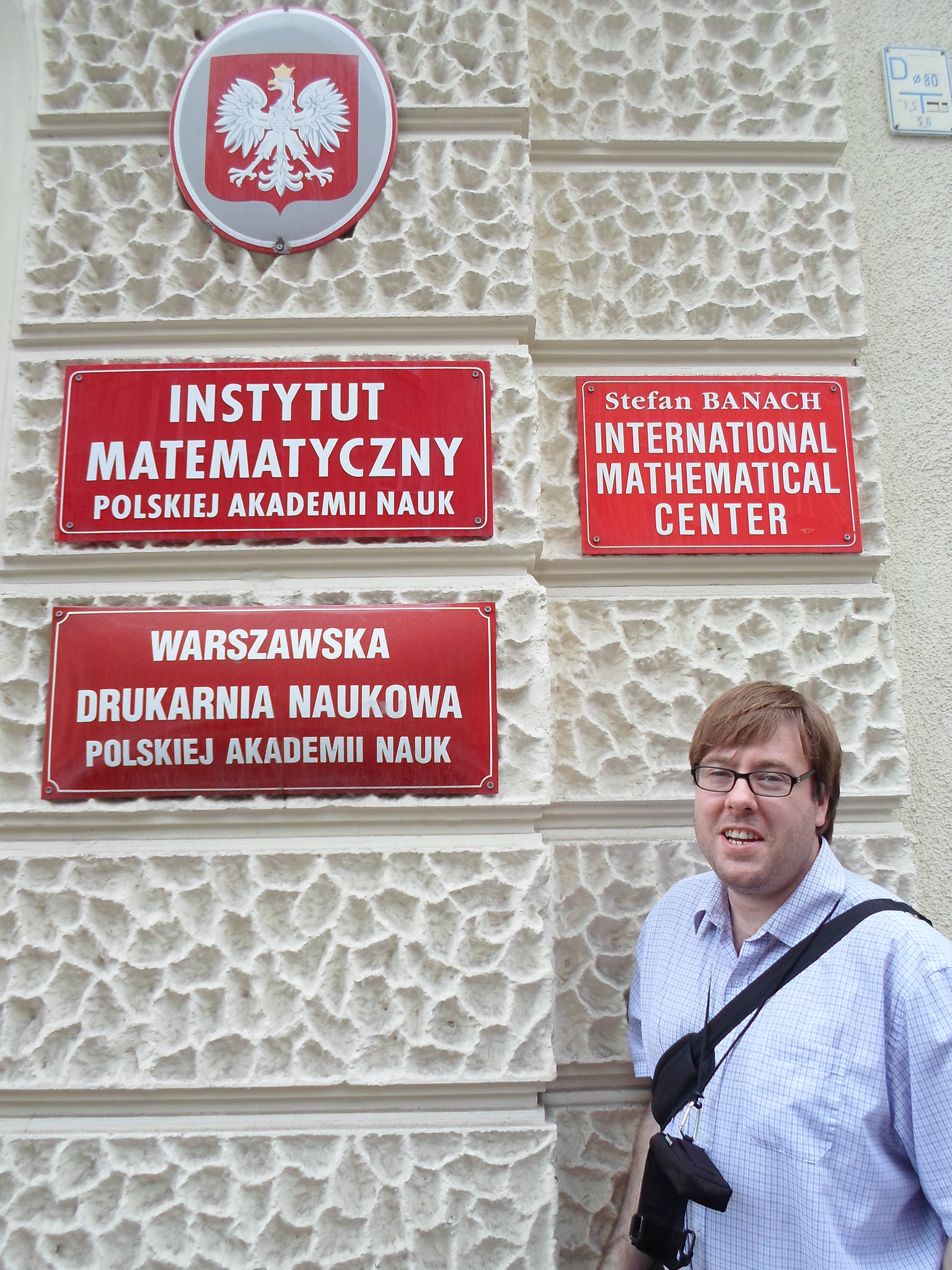
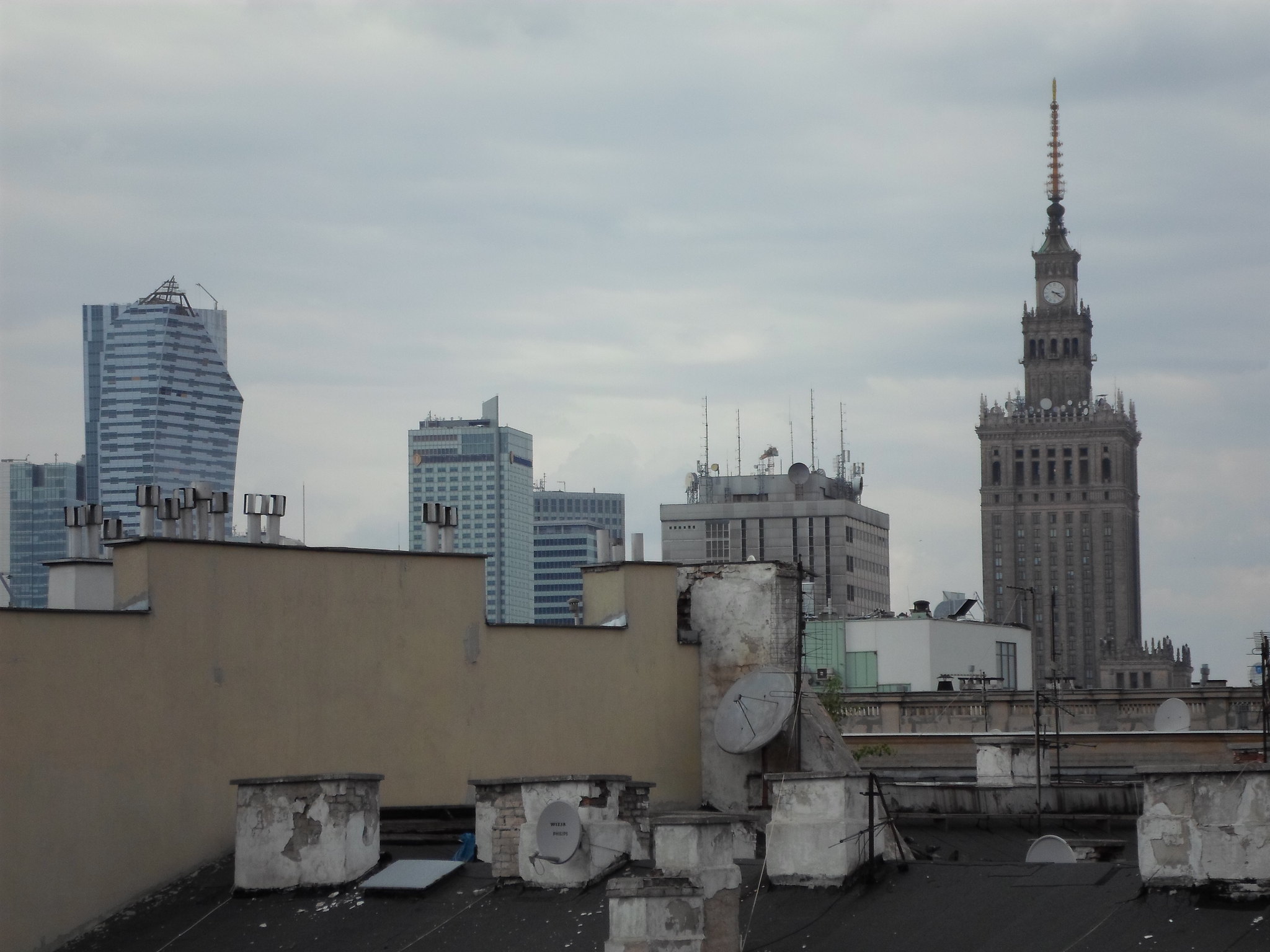
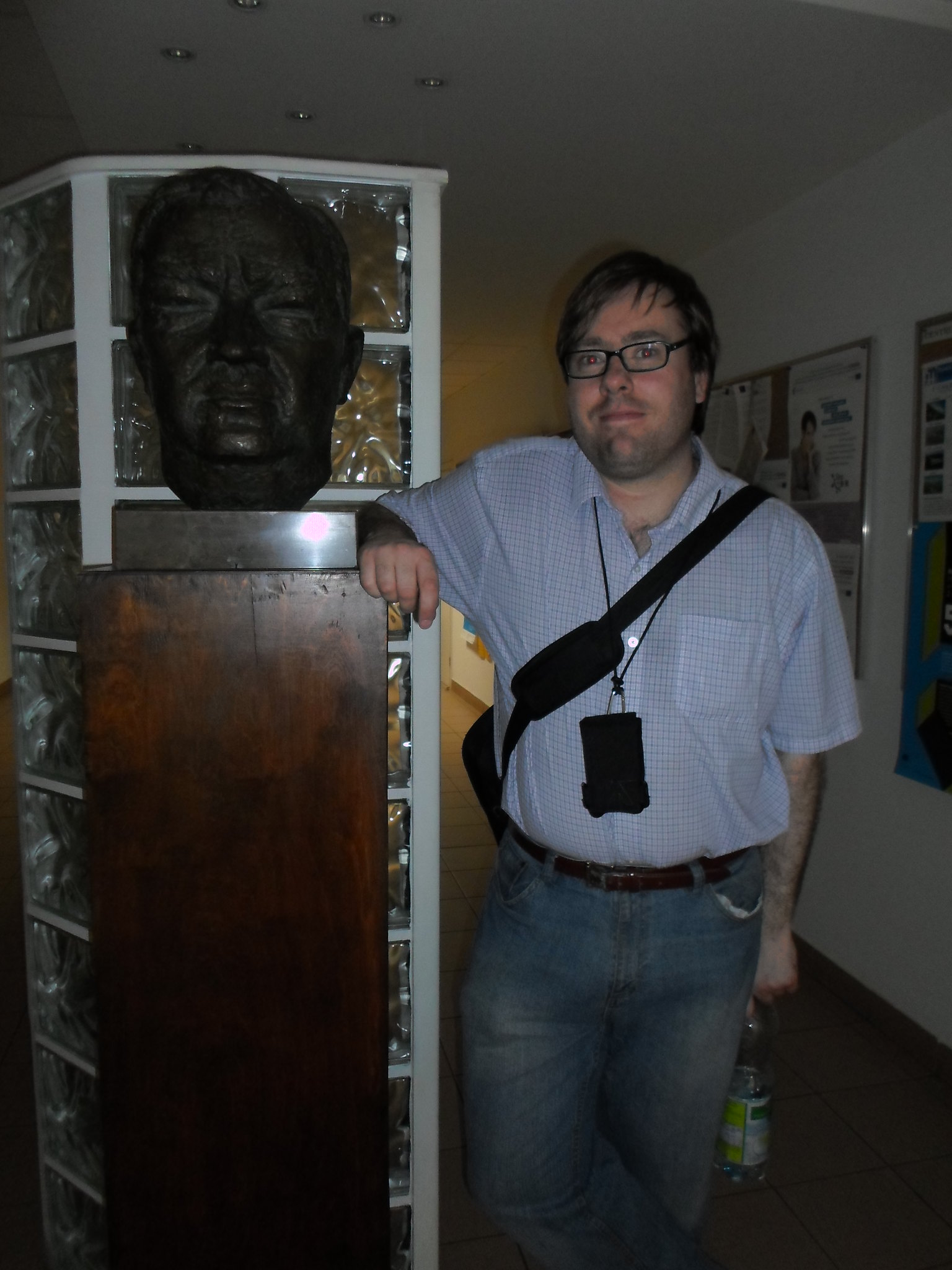



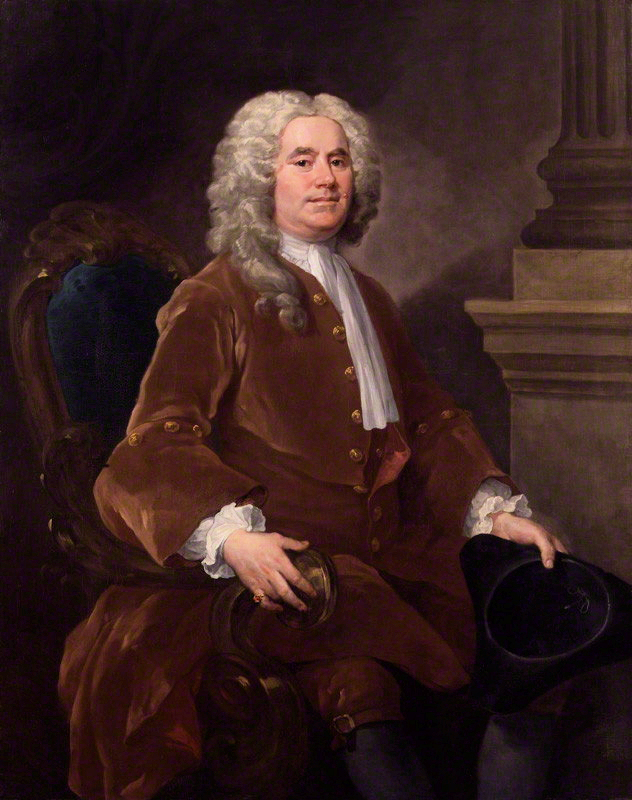
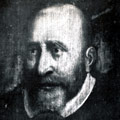


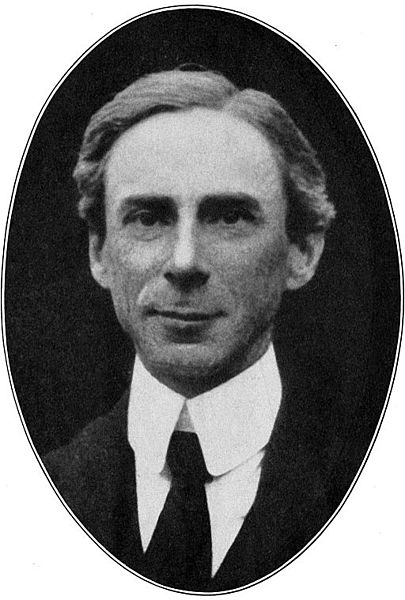
 John from wikipedia
John from wikipedia http://animatedcliparts.net/
http://animatedcliparts.net/ 